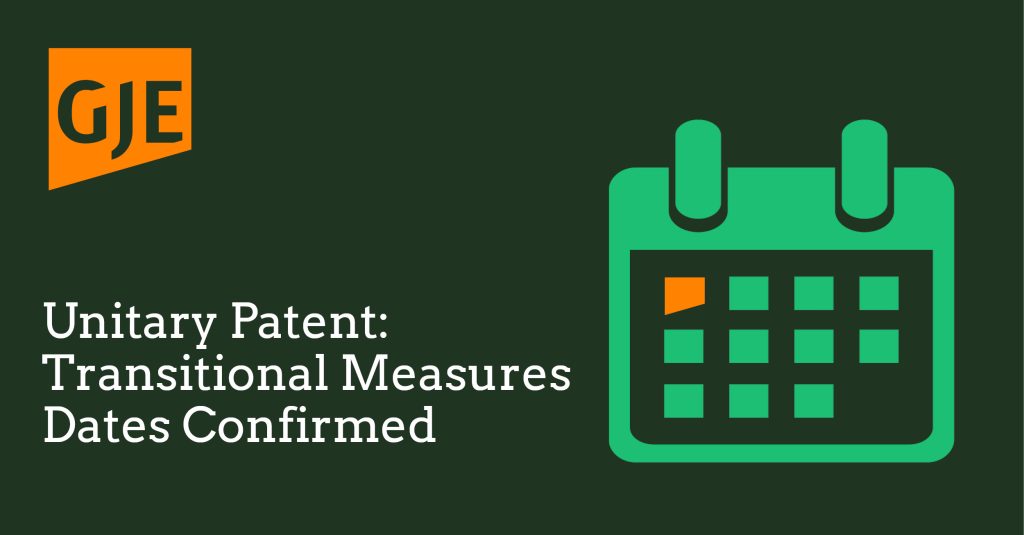
For a European design, the European General Court has ruled in T-579/19 it is possible to claim priority from an earlier filed patent, or at least from an international patent application filed under the PCT, up to 12 months from the patent’s date of filing.
German company The KaiKai Company Jaeger Wichmann GbR (The KaiKai Company), filed a group of European designs claiming priority to an international patent application. The designs were filed just short of 12 months from the filing date of the patent. On the basis the priority period for designs is set out in European law and the Paris Convention as six months, the priority claim was refused by the European design and trade mark office, EUIPO. This was challenged by The KaiKai Company, who were ultimately successful in having the priority claim restored on all the designs following several rounds of proceedings at EUIPO and an appeal to the European General Court.
While it is still possible this case could be heard by the Court of Justice of the European Union, this case laid bare a loophole in European design law that others may now seek to use to their advantage. The reasoning in the case goes on a whistle-stop tour through the basis for intellectual property protection and cooperation across the world: the PCT, the TRIPS agreement and the Paris Convention. This is while simultaneously relying on precedents dating from the end of the 19th century. What the case boils down to however is that European design law specifies a priority period when claiming priority to an earlier design or utility model, but is silent on the priority period should priority be claimed to an earlier patent filing. This silence provides a loophole in European law that led the Court to decide the provisions of the Paris Convention must apply. From here it was clear to the Court that, where the right to which priority is claimed is a patent, it is a 12-month period that applies for a priority claim, not the six-month period.
There are various aspects of the case that make the path to the Court follows to its conclusion less straightforward than it could be. Ultimately, however, if, as the Court decided, the provisions of Article 4 E of the Paris Convention are not an exhaustive list of how priority periods are determined and the rights between which it is possible to claim priority, then the Court’s logic appears sound.
Given the prevailing view of the IP community is likely that registerable designs are intended to have a shorter priority period than patents and utility models, the conclusion of this case may come as a surprise to many. Indeed, the Court’s conclusion does not sit comfortably alongside the spirit the intended shorter priority period seeks to invoke.
For the time being at least, those filing European designs have been granted an extra six months to their priority period if priority can be claimed to an international patent application. However, we would expect this extended period to be used rarely due to international patent applications seldom being the earliest filed application in a patent family. We would also recommend only using the extended period for claiming priority when it is a necessity, since relying on the priority claim longer than the typical six-month period could be found later to not be valid if this decision is reversed.
More speculatively, this decision may open the door for those brave enough to test the limits to claim priority to national and regional patent applications within twelve months. Anyone attempting such a priority claim will likely have a fight on their hands, as it has been EUIPO policy to refuse such priority claims outright, and this decision does not directly address this policy.
If you would like more information on registered design protection or strategy or have any questions in relation to the matters discussed in this article, please find our contact details on our website profiles here and here or contact us at gje@gje.com.


